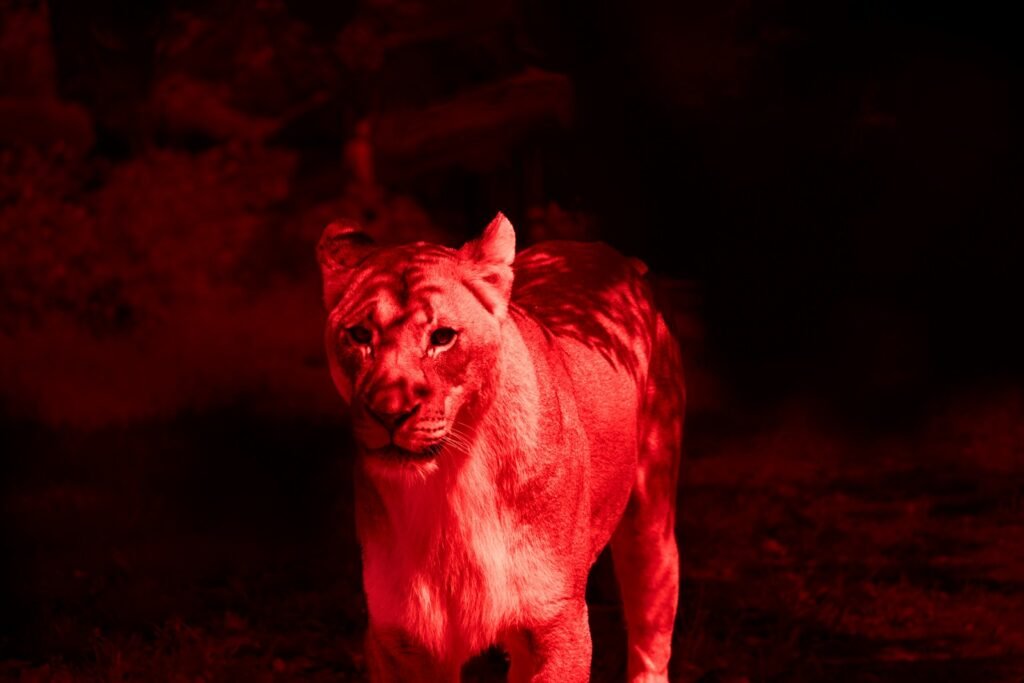Wildlife diseases are disorders found in wild animals that can significantly impact ecosystems, biodiversity, and even human health. Understanding these diseases is crucial for conservation efforts, as many species face increasing threats from various pathogens. In this article, we will explore ten significant diseases affecting wildlife and how biotechnology aims to combat them.
White-Nose Syndrome in Bats
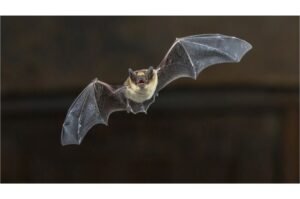
White-nose syndrome is a devastating fungal disease affecting bat populations primarily in North America. It is characterized by white fungal growth on bat muzzles and wings, leading to mass mortality. Bats play a vital role in insect control and pollination, so their decline has notable ecological consequences. Biotechnology approaches, such as genomic sequencing, are helping scientists understand the fungus’s genetics and develop targeted antifungal treatments.
Amphibian Chytridiomycosis
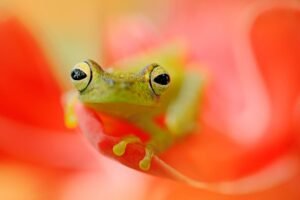
Chytridiomycosis is an infectious disease in amphibians caused by the chytrid fungi, Batrachochytrium dendrobatidis and Batrachochytrium salamandrivorans. It has been linked to dramatic declines in amphibian populations worldwide. Biotechnological advancements, like CRISPR gene-editing tools, are being explored to develop disease-resistant amphibian strains and also to understand the pathogen’s genetic makeup more precisely.
Canine Distemper in Wildlife
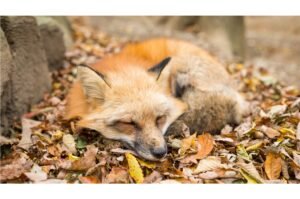
Canine distemper virus (CDV) affects various wildlife species, including foxes, raccoons, and large felids like lions. The disease is highly contagious and can cross between domestic and wild animals. Vaccination programs developed through biotechnology, designed specifically for wildlife, are in place to immunize vulnerable populations against CDV, helping to curb outbreaks.
Chronic Wasting Disease in Deer
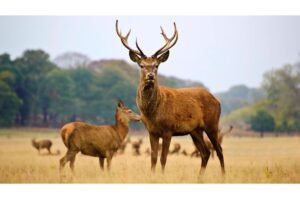
Chronic wasting disease (CWD) is a prion disease affecting cervids like deer, elk, and moose. It results in severe weight loss, behavioral changes, and eventual death. Biotechnology helps through advancements in diagnostic testing, enabling early detection and management of CWD in affected regions. Researchers are also exploring genetic resistance to understand better how to curb its spread.
Avian Influenza in Birds
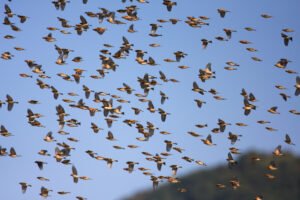
Avian influenza, often called bird flu, affects a wide range of bird species, sometimes with deadly consequences. Wild birds are natural reservoirs, and the disease can spill over to domestic poultry and even humans. Biotechnology is employed in developing vaccines and antiviral drugs, as well as in genomic studies to monitor virus evolution and prepare for potential pandemics.
Ranavirus in Reptiles and Amphibians
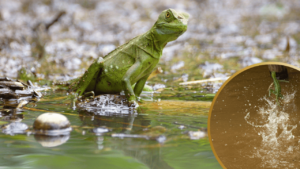
Ranaviruses are pathogens that cause significant amphibian and reptile declines across the globe. They lead to systemic infections, often lethal, and are transmitted easily between species. Biotechnological tools for rapid diagnostics and research into immune responses are aiding efforts to manage and mitigate their impact on vulnerable populations.
Tuberculosis in Wildlife
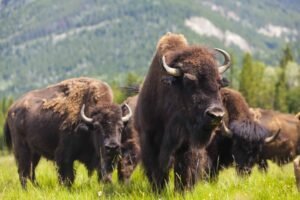
Tuberculosis (TB), caused by Mycobacterium bovis or closely related bacteria, impacts several wildlife species, including badgers, bison, and deer. It poses a challenge for conservation and livestock health. Advances in molecular biology and the development of improved TB vaccines for wildlife using biotechnology have become vital in controlling the spread of this disease.
Raccoon Rabies Virus
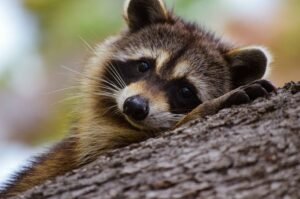
Rabies, a viral disease that affects the central nervous system, is present in wild animal populations such as raccoons. It is nearly always fatal once symptoms appear, making prevention crucial. Biotechnology has been instrumental in developing oral rabies vaccines that are distributed in bait forms to vaccinate wildlife effectively, reducing the spread of rabies in raccoon populations.
Toxoplasmosis in Marine Mammals

Toxoplasmosis, caused by the protozoan Toxoplasma gondii, affects marine mammals such as sea otters. The parasite is typically spread through contaminated water. Biotechnology helps by improving detection methods and facilitating the study of parasite-host interactions, aiding in understanding transmission patterns and implementing control measures to protect marine wildlife.
Biotechnology: A Beacon of Hope

Biotechnology plays a pivotal role in addressing the complex challenges posed by wildlife diseases. From gene editing and vaccine development to diagnostic testing and genomic research, biotechnological tools offer promising solutions to safeguard wildlife health and, by extension, preserve biodiversity. As our understanding and technology advance, the potential to mitigate these diseases’ impacts will only continue to grow. These efforts emphasize the critical intersection of science and conservation, showcasing how innovative approaches can fortify our global commitment to protecting wildlife and maintaining ecological balance. By harnessing the power of biotechnology, we offer hope for many species facing the threat of disease, ensuring their survival for generations to come.

Linnea is a born and bred Swede but spends as much time as possible in Cape Town, South Africa. This is mainly due to Cape Town’s extraordinary scenery, wildlife, and atmosphere (in other words, because Cape Town is heaven on earth.) That being said, Sweden’s majestic forests forever hold a special place in her heart. Linnea spends as much time as she can close to the ocean collecting sea shells or in the park admiring puppies.




